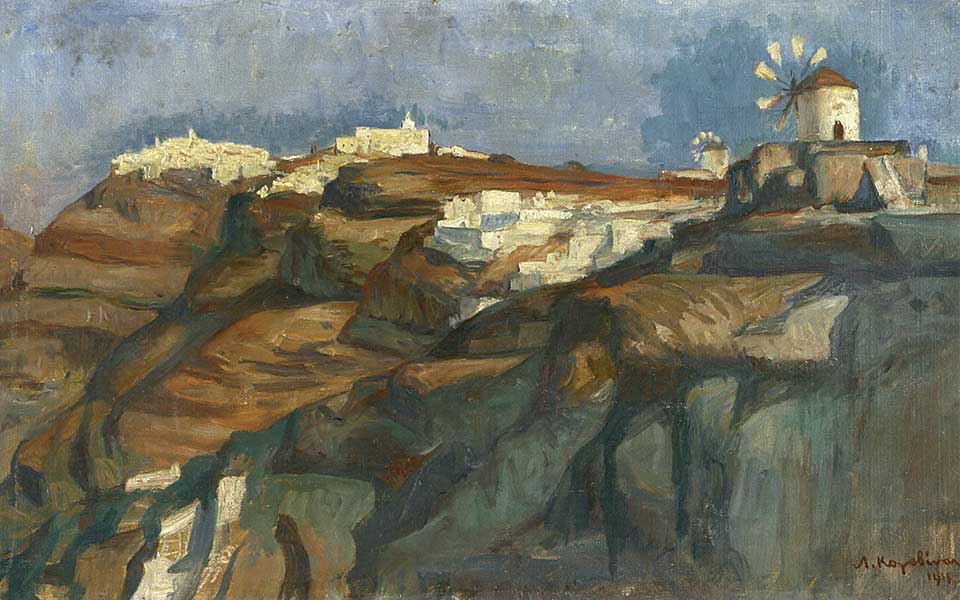In the 1950s, in Athens, young Dimitris Tsitouras was told by his well-traveled and cosmopolitan French teacher that she had never seen a place as enchanting as Santorini. In 1968, when he was a student at the University of Zurich Faculty of Law, a Swiss friend bought a small house on the island and urged him to spend a few days of his summer vacation there. “It was love at first sight. I immediately became part of the life of Santorini, and it became part of mine,” says Tsitouras.
An eminent lawyer, enterprising businessman, Officer of the National Order of Merit of the French Republic, honorary consul of France in Santorini, art collector, founder of the Archive of Santorinian Studies, member of several scientific organizations, tireless organizer of exhibitions in Greece and abroad – Tsitouras is certainly a multifaceted individual. But one aspect of his life encompasses all the rest: at heart, he is a lover of beauty in all its manifestations.
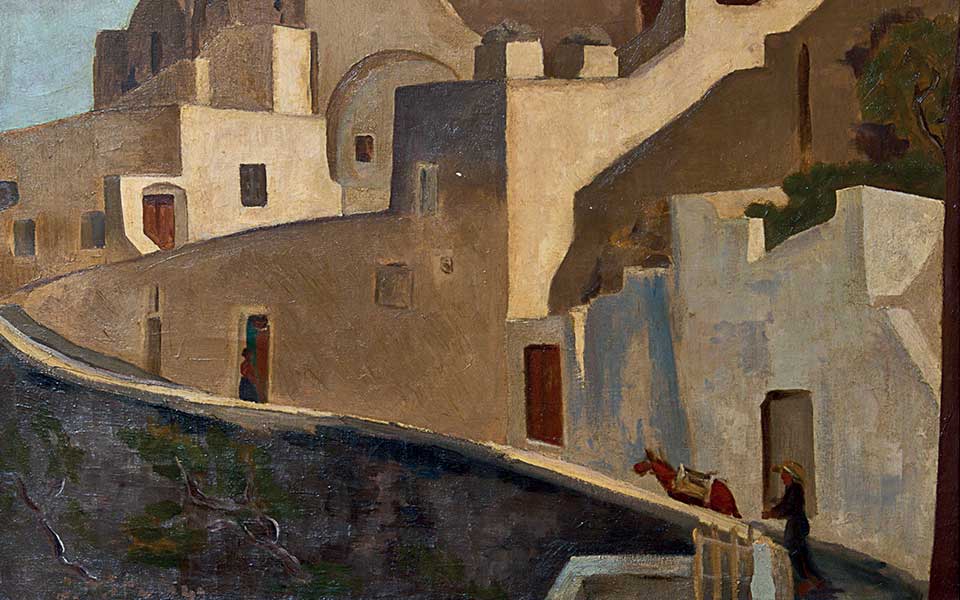
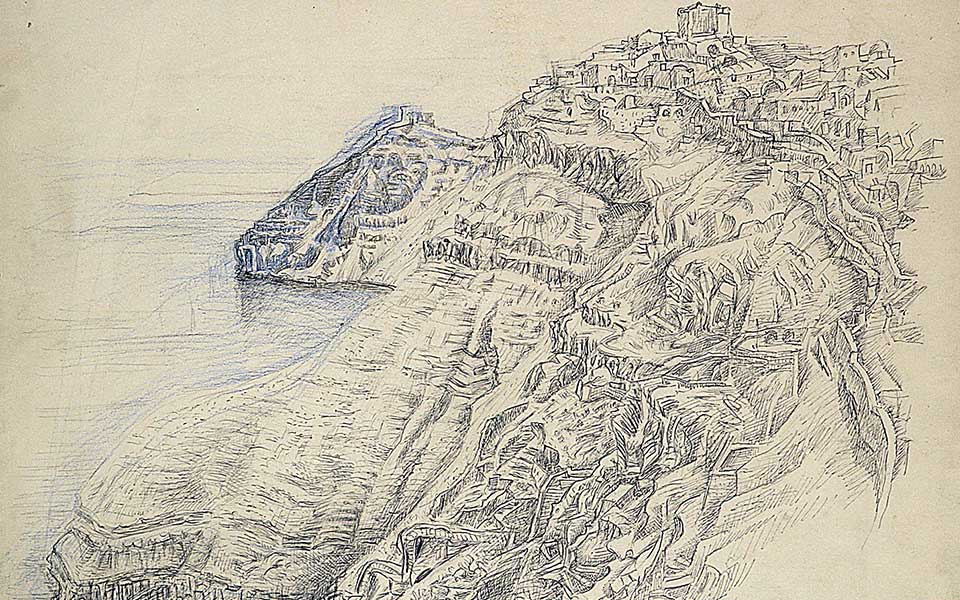
It is to the beauty of Santorini, which has never ceased to move him even all these decades later, that the exhibition titled “The landscape of Santorini in Greek 20th century painting” is dedicated; it will be held at the Benaki Museum, Pireos Street Annex, in Athens, from September 30 to November 3 and will feature approximately 180 works by some of the most important Greek painters: from Yiannis Moralis, Nikos Hadjikyriakos-Ghika, Spyros Vasiliou and Nikos Engonopoulos to Opy Zouni, Yannis Gaïtis, Costas Tsoclis, Alekos Fassianos, Valias Semertzides and Pavlos Samios.
This isn’t the first time that Tsitouras has sought to present artists’ conceptions of Santorini. “In 1980, we showed the core of our collection at the French Institute on Sina Street, under the title ‘Santorini as seen by European travelers between the 15th and the 19th centuries’. The exhibition was a huge success, and was transferred to Santorini that summer, to the Gyzi Megaron, that wonderful 1780 building. That’s how the first small museum of the Tsitouras Collection was created, and the collection was housed there until the end of 1985,” he explains.
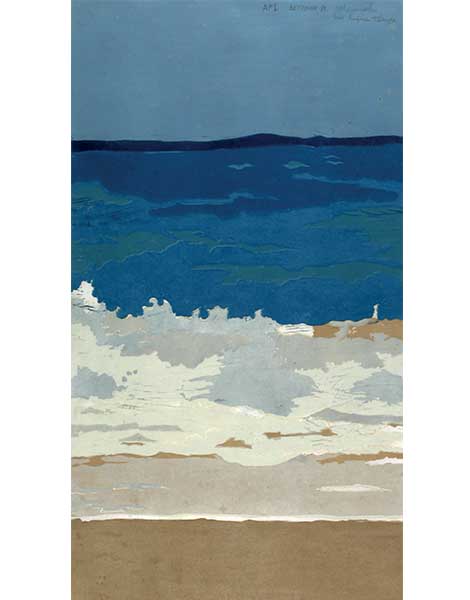
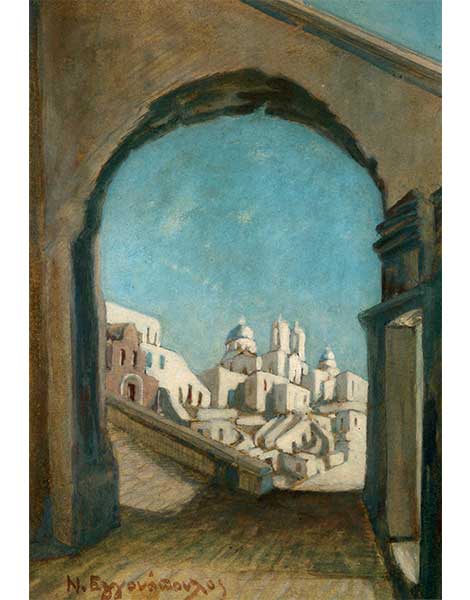
“Later, I decided to create a collection of works by Greek painters who had captured the landscapes of the island. It began in 1982, with a 1936 watercolor by Yiannis Moralis, depicting the entrance of the Gyzi Megaron. Soon it was joined by two drawings, one by Nikos Hadjikyriakos-Ghika and the other by Gerasimos Steres. The following year, Paris Prekas visited Santorini and gave me a large watercolor. Further additions that year included artworks by Despina Meimaroglou, Elli Solomonidou-Balanou, Yannis Gaïtis and Zoe Skiadaresi.”
Much has come to pass since then, in the history of Greece, of Santorini, and of the collector himself. But the collection never stopped growing. “I’m very happy and proud of the fact that we managed not only to acquire some exceptional works, but also to encourage a number of very important artists to get to know the landscape of Santorini, draw inspiration from it, and render it through the prism of their perspective,” he tells me.
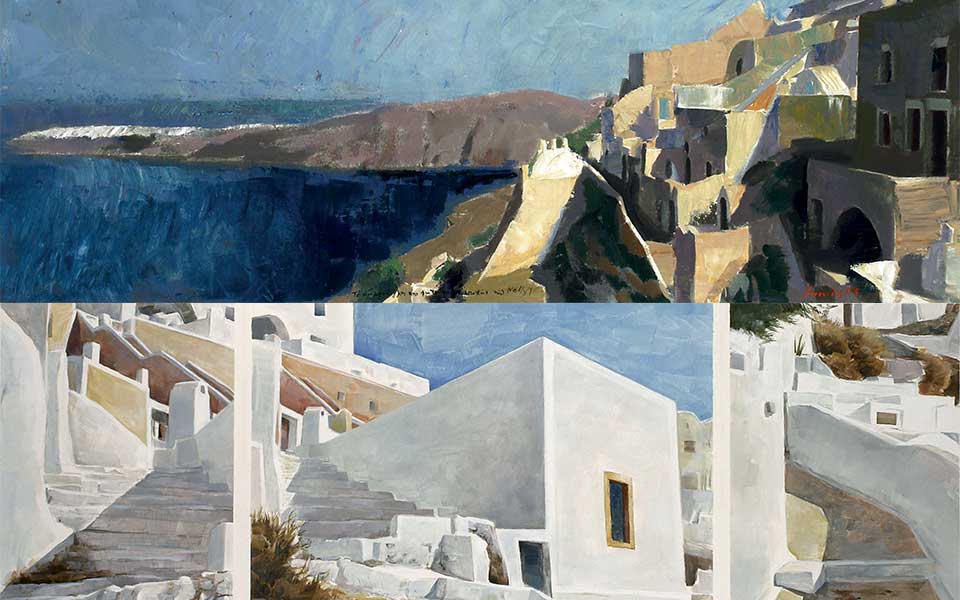
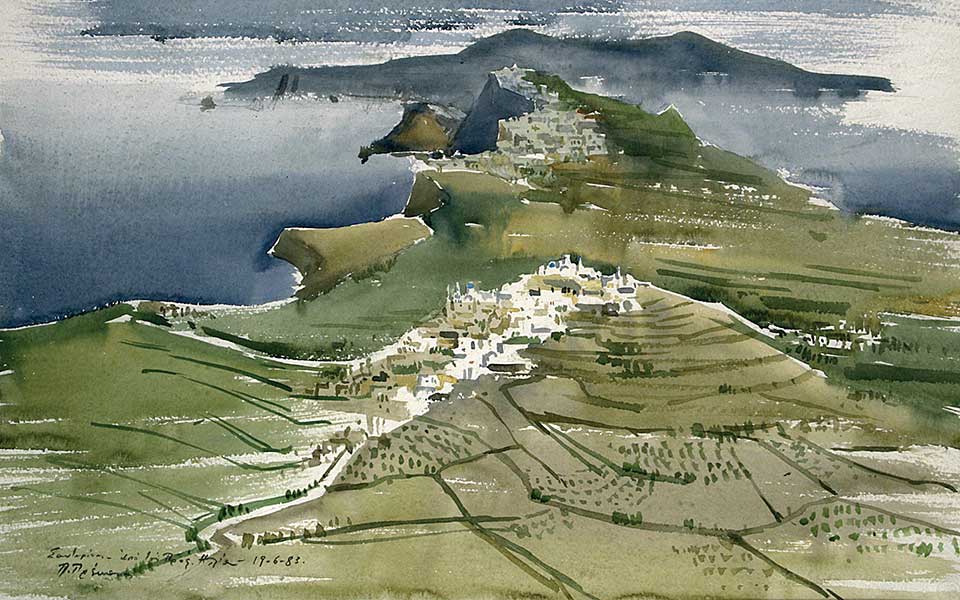
The exhibition at the Benaki Museum will begin with the work “Santorini volcano eruption,” by Dimos Braessas (oil on cardboard, early 20th century) and include present-day representations such as the most recent work by Costas Tsoclis (acrylic on canvas, 2017). It will take viewers from the alleyways of Fira and Oia inland to the island’s charming interior and outward to its rugged coastline, laying bare the magnificence of the caldera.
When asked which of all the works in the exhibition is his favorite, Tsitouras says: “You might be surprised by what I’m about to tell you. I think they’re all wonderful, but none of the artists has painted the island the way I see it. Most have focused on the black of the volcano; they were frightened by the wildness of the land, and that is what they captured in their works. My own Santorini is not so rough; it retains a tenderness, a sweetness.”
The exhibition doesn’t include a single work by Yannis Tsarouchis, and that comes as a surprise to those who know of the deep friendship that connected the collector and the great Greek painter. The explanation of this, however, is simple.
“Yannis Tsarouchis’ visit to Santorini was always being postponed,” Tsitouras notes. “At some point he told me: ‘The beauty of Santorini is vertical. I prefer it horizontal, like the beauty of Attica. But you should bring me a photograph of a local costume, and I will paint it for you.’ I never did, firstly because there is no local costume of Santorini but also, mainly, because it felt false.”

